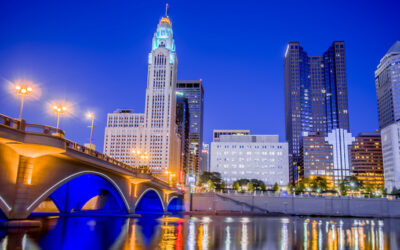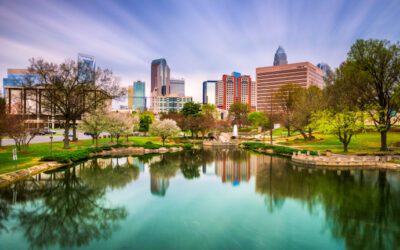When it comes to livability, Kansas City, MO, has a lot going for it. This Midwestern city has hundreds of majestic and ornate fountains sprinkled throughout hundreds of parks, boulevards and shopping districts. Traffic here is a breeze, and you’ll find some of the best barbecue in the U.S. Plus, you get to root for the Kansas City Chiefs, Kansas City Royals and Sporting KC soccer team.
You’ll find art, culture and affordable living in Kansas City. However, you may not want to hit the road to relocation just yet. First, check out these 6 reasons you may want to think twice before moving to Kansas City
High Crime
Kansas City, MO, ranks #6 on 24/7 Wall St.’s 25 Most Dangerous Cities in America list. In 2016, KC had 129 murders and a violent crime rate of 1,655 per 100,000 people.
“Kansas City is one of several large metro areas largely responsible for the national increase in violent crime,” according to 24/7 Wall St. Most of the murders take place in high-crime neighborhoods, but Kansas City has long held a reputation for violent crimes. Do your research and steer clear of areas that have a track record of violent incidents.
Notoriously Incompetent Public School System
In 2011, the Missouri Board of Education stripped the Kansas City, Missouri School District of its accreditation, citing the district’s closing of nearly half its schools due to budget cuts, poor academic performance and a continuing pattern of unstable leadership. The district regained accreditation in 2017 but still has a bad reputation among Kansas City residents. It’s common for parents who live in KCMO to start house shopping in surrounding suburbs when their child nears school age, specifically to avoid sending the kid to a public school in Kansas City, MO.
City Earnings Tax
You’ll pay an additional 1 percent on your gross income due to Kansas City’s earned income tax.
Unofficial Racial Segregation
During the Civil War, Missouri was a Union state but also a border state with both Union and Confederate sympathizers. Racist attitudes die hard, and in the early 20th Century, scores of Kansas City residents scurried white-flight-style out of wealthy and middle class inner-city neighborhoods when African-American families began to move. Now, Troost Corridor remains the unofficial but well-known dividing line between the majority of black and white residents in Kansas City.
Nowhere Near an Ocean
If you love long walks on the beach, you’ll need to drive for three days or fly for three hours before you can sink your toes into the sand. Sure, there are a few nice lakes near Kansas City but if you’re an ocean person, you’re 100 percent landlocked, at least a thousand miles from the nearest ocean and even further if you’re seeking beautiful beaches.
High Water Bills
In the last six years, my Kansas City water bill has jumped from around $40 per quarter to $80 per month. That’s right, this sneaky city changed its billing practices from quarterly to monthly and then raised its water prices to outrageous levels due to an agreement with the Environmental Protection Agency to reduce sewage overflows at a cost of $5 million. In addition, Kansas City plans to spend around $30 million per year to replace old water lines. Guess who pays for all that? You do. Every month.
Oak Mites
In recent years, those tall oak trees in KC have spawned a scourge that now plagues Kansas Citians from summer until the first hard freeze: oak mites. The microscopic mites fall from oak trees at a rate of up to 300,000 per day, producing insanely itchy red bumps that spread over your body whenever you scratch them furiously. This headline from The Wall Street Journal’s article about KC’s oak mite invasion says it all: “The Invisible Itch Mite Will Make You Nostalgic for Mosquitos.”



